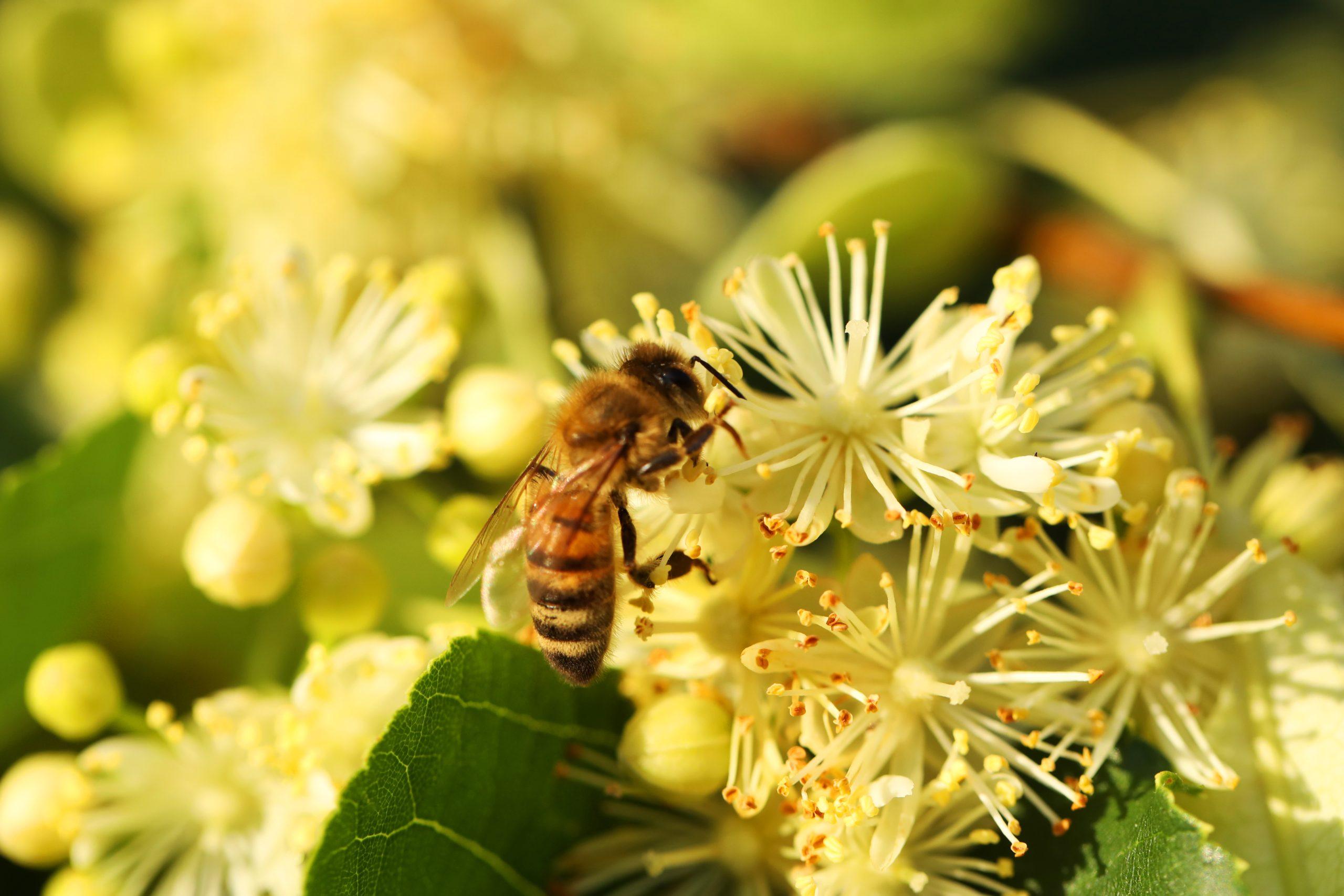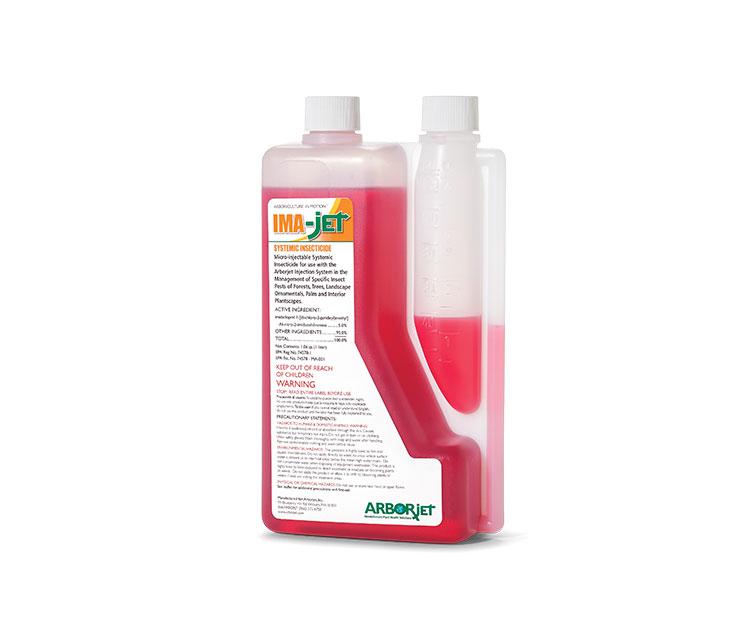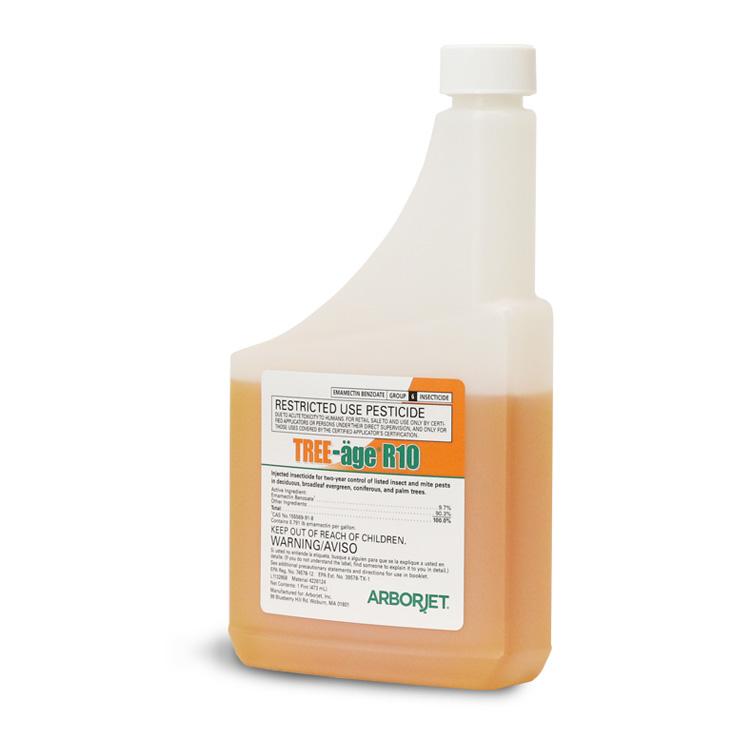National Pollinator Week is the third week of June, a time to celebrate and recognize all that pollinators do for our environment, landscapes, and agricultural industry. As environmental stewards, it is our responsibility to promote useful plant health care solutions while minimizing our impact on the environment.
At Arborjet | Ecologel, we’re committed to delivering plant health solutions that support pollinator safety without compromising tree protection.
Injections put pesticides and chemistries right into the tree, where they are distributed through the wood and leaves to where they are needed. While systemic insecticides travel through the tree, potentially into flowers and pollen, thoughtful application timing and product choice can eliminate the risk to pollinators like bees.
Pollinator-Friendly Tree Injection Methods
Here are some thoughts to consider when you make choices of treatment protocols, and how to respond if your customers inquire about your choice of trunk injection to protect their trees.
- Tree Injections Reduce Exposure: Tree injections provide minimal risk of off-target applications. Since the treatments are sealed inside the tree, there is no risk of contaminating the water, air, or soil. Foliar and bark sprays run the risk of negatively impacting beneficial insects and other animals.
- Time Injections Properly: Injections in flowering trees should be timed to occur after flowering. This is usually highly effective at controlling pest insects, while avoiding times of high bee activity.
- Fast-Degrading Products for Flowering Trees: Most products that are used on pollinator-preferred tree species stay in the tree from a few months to less than a year. If trees are treated after they are done flowering, chemistries will be effective against insect pests in summer and fall, but will be gone when pollinators return the following year.
- Wind-Pollinated Trees Pose No Risk: Many common trees, including conifers and hardwoods utilize wind pollination. Some trees bloom before leaves emerge, enhancing the ability for the wind to carry pollen without obstruction. The flowers are small and lack bright colors, strong scents and nectar, as they don’t need to attract pollinators.
Our industry has an important responsibility to protect the environment and its pollinators, while our customers expect us to preserve their trees against pests, diseases, and environmental factors. With the right knowledge and timing, professionals can protect both pollinators and trees. We provide the tools and training to do just that.
This blog and its content adapted from writing by Rob Gorden, the director of urban forestry and business development for Arborjet | Ecologel.





